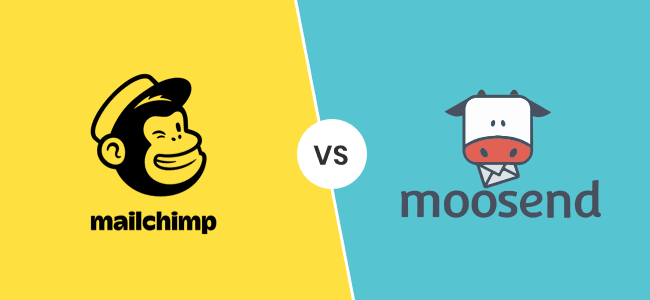How To Make Better Marketing Decisions Using A/B Testing

Written By Jason Rowse - Digital Marketing Expert Updated: 09/06/2021 |
According to a CXL report, 97.6% of businesses currently run A/B tests. It’s an essential tool necessary for customizing your marketing messages to the target audience. When used correctly, it can help improve open rates, clicks, and conversions to a large extent.
Read on to find out what industry-based marketing is, the top benefits of A/B tests, and seven ways to run these experiments on your own.
What Is A/B Testing And How Does It Benefit Your Business?
When it comes to email, A/B or split testing is a method of sending a version of your message to one set of segmented contacts and the second version to another. Depending on what’s being analyzed, you can use this strategy to implement helpful changes within your campaigns.
Here are its key benefits:
- Traffic: Evaluate different types of content, such as blog posts, to boost your site’s traffic
- Conversions: When you test varied parts of the email or site, such as color, CTA, and so forth, you can determine what influences the users to take action
- Bounces: When the bounce rate on your website or email is too low, split testing with different introductions, formats, and designs can work magic
- Cart abandonment: With most ecommerce sites experiencing up to 75% cart abandonment, you’ll find it useful to tweak product visuals, shipping costs, and so on
How To Run A/B Split Tests On Your Website
Now that you understand why split testing is indispensable take a closer look at the best ways to use this strategy below.
Pick A Variable And Set The Goal
When you’re new to experimenting, it’s easy to get distracted and target several things at once. However, for experimentation to determine accurate results, you should try out one variable at a time.
Look for essential elements of your campaigns to tweak, such as subject line, sender name, colors, fonts, and so on. The next step is to set a goal or hypothesis. When you want to analyze several variables at once, go for multivariate testing.
Define A ‘Control’ And A ‘Challenger’
After doing the step mentioned above, you’ve found both dependent and independent variables. Using this, create two versions, namely version A and version B. In this case, Version A is the unaffected version or the ‘control,’ and Version B is the variant called the ‘challenger’. For example, if you’re evaluating the CTA button, Version A mustn’t include any CTA button, while Version B does.
Define The Metrics
After splitting the sample sizes equally for version A and B, determine the significance of picking one version over the other. Simply put, radical changes need less predictability while specific changes need more. A confidence level of around 95% based on the strictness of the experiments and deadlines is recommended.
Use The Right A/B Testing Tool
The next step is to pick a split-testing tool, such as HubSpot, Campaign Monitor, or Mailchimp, based on the features you require. Running experiments with Google Analytics is also an excellent way to A/B test webpages effortlessly. You should make sure the shortlisted tool can examine subject lines, CTA, and other parts of the message.
Test Variations Simultaneously
When it comes to timing testing, Version A and B must be analyzed at the same time to determine accurate results. For example, if you run version A during Thanksgiving and version B during Christmas, it’s impossible to discover which variation worked best. Instead of guessing the results, ensure both versions are evaluated simultaneously for an accurate comparison.
Run The Test Long Enough To Gather Insightful Data
The total time or duration of the split test is also critical for accurately gathering conclusions. This is an incredibly important metric for new sites or those with marginal traffic.
If you don’t let the experiment run its course, the inferences will fail to determine anything worthwhile. Keep in mind that the two versions' statistical difference could take days or weeks to show up.
Measure The Results And Take Necessary Action
Once you’ve handled the trial process, the final step is to determine any analytical importance. To find this, do a statistical significance experiment manually or via your ESP.
Two results can occur with A/B testing. Either you see a statistical significance, or you don’t. In the former case, disable the losing version. If you get the latter conclusion, mark the experiment inadmissible.
Although this strategy produces specific results according to the situation, you can always use repeating conclusions for future campaigns. For example, if you found that the green CTA button gets the most clicks via multiple trials, switch all the CTA buttons to green on your site and email.
The Bottom Line
Split testing is a way to determine the perfect solution to boost email marketing results with precision. It can improve site traffic, conversions, bounces, and cart abandonment rates.
Get started by setting a goal. Remember to define the variations as either ‘control’ or ‘challenger.’ Let the split test run its course. Once you determine the statistical importance and try out both versions simultaneously, take an appropriate course of action that’ll help enhance your campaigns.




